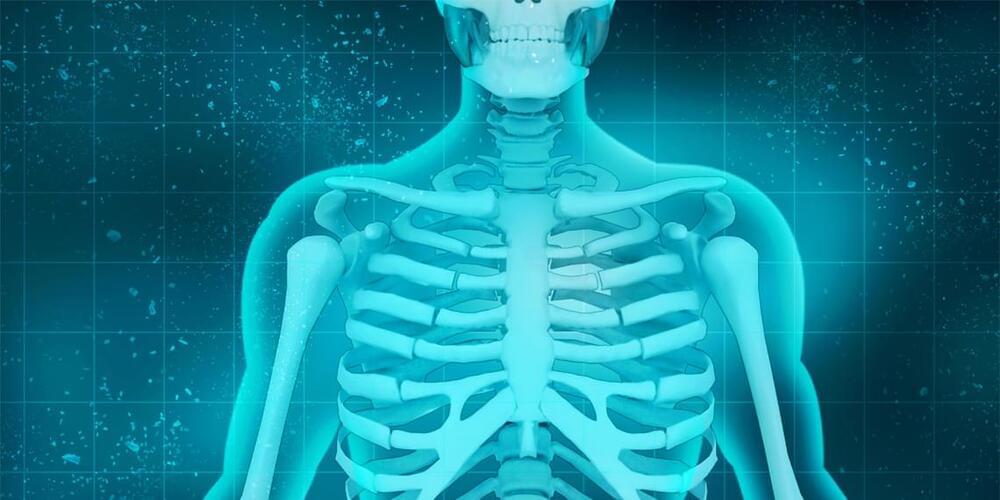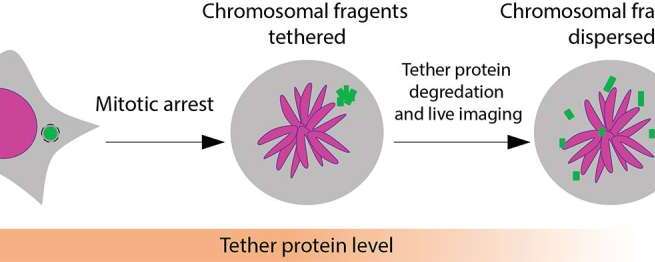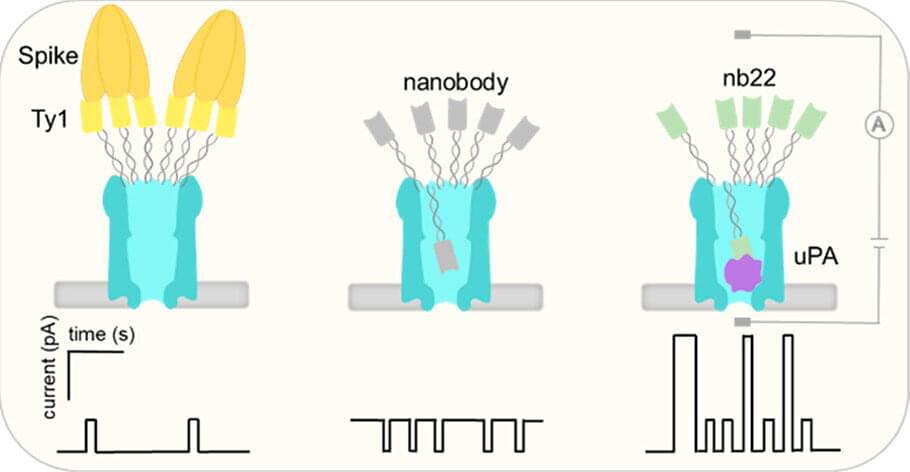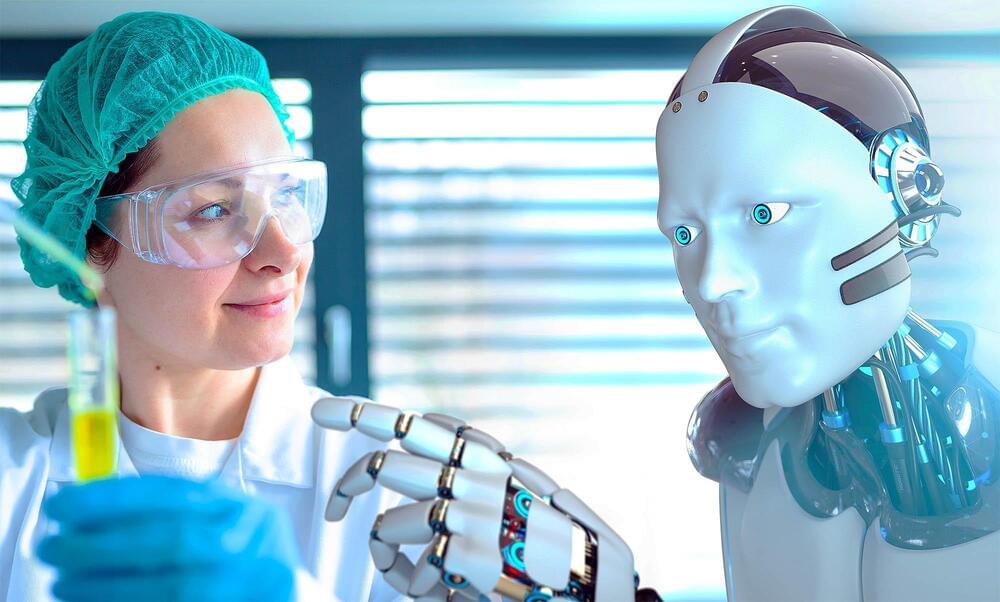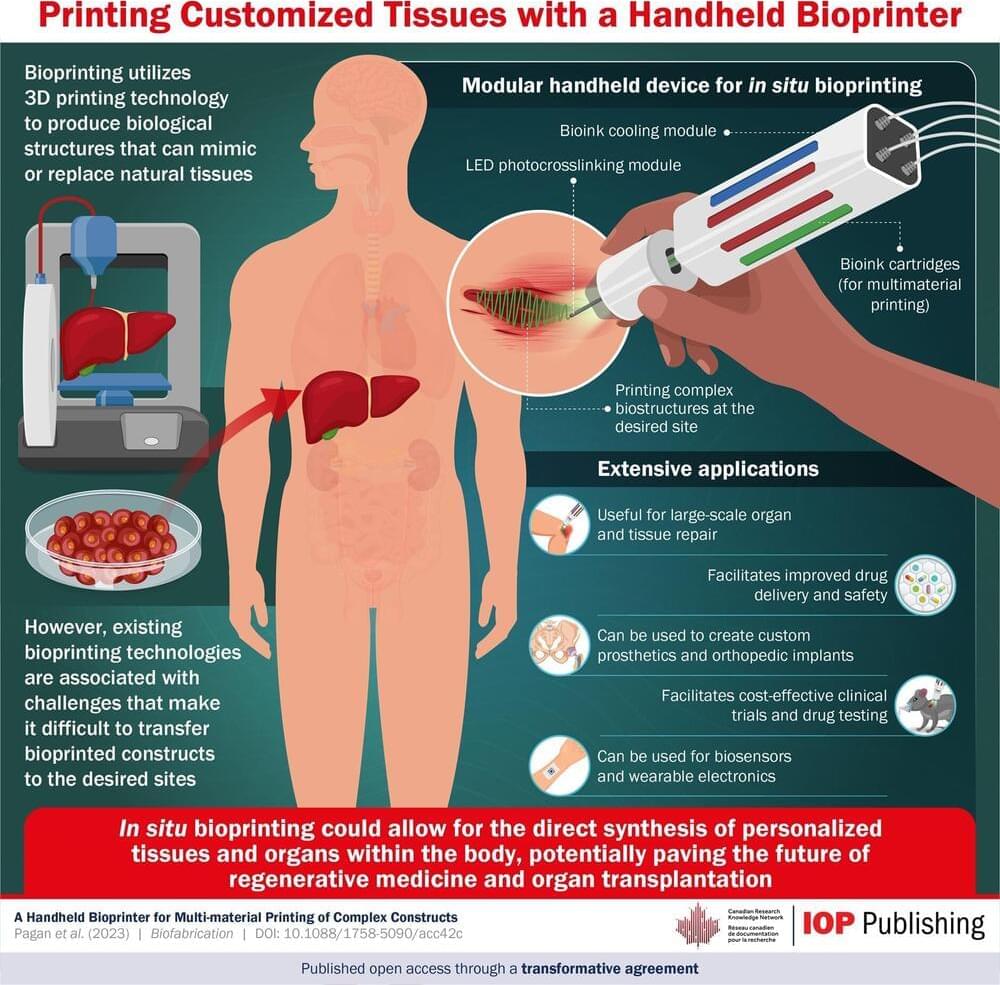A study in Australia found that men with anxiety disorders tended to have reduced bone mineral density in their lumbar spine and femoral neck bones. This association was found even when controlling for sociodemographic, biometric and lifestyle factors, other diseases, and medication use, but disappeared when participants with a history of mood disorders were excluded from the sample. The study was published in Acta Psychiatrica Scandinavica.
Bone mineral density refers to the quantity of minerals, primarily calcium and phosphorus, present in a segment of bone. It serves as an indicator of bone strength and density.
Studies have shown that certain psychiatric disorders might negatively impact bone health. These include unipolar depression, bipolar disorder, schizophrenia and anorexia nervosa. A meta-analytic review of 21 studies conducted in 2016 reported a very clear link between depression and reduced bone mineral density in several regions.
